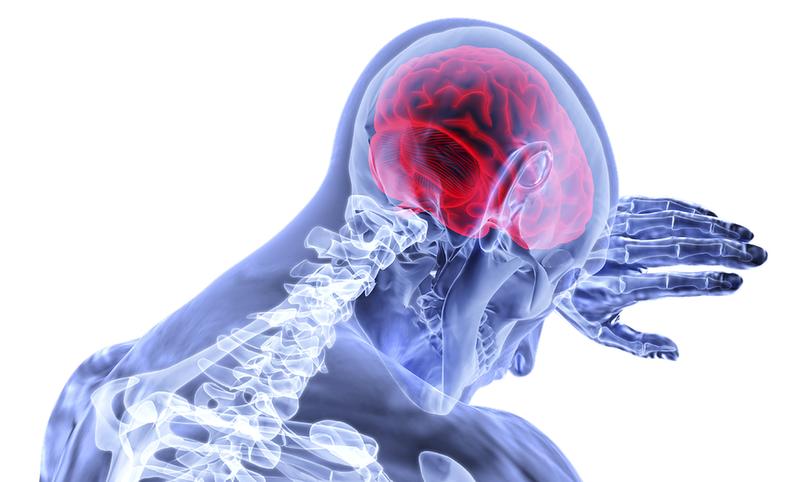
Stroke is one of the leading causes of death in the U.S. It occurs when something stops blood flow in the brain. This prevents oxygen and important nutrients from entering the brain and leads to brain damage. Those who survive a stroke can face temporary or permanent brain damage and disability.
Fortunately, stroke is not always fatal, but recovery depends on getting medical treatment as soon as possible. That’s why it’s important to recognize the signs of stroke. Read on to learn about the five stroke symptoms you shouldn’t ignore.
Types of Stroke
There are two types of stroke. Ischemic stroke occurs when a blood clot stops blood from entering the brain. Hemorrhagic stroke occurs when a blood vessel breaks and causes bleeding in the brain. A transient ischemic attack (TIA) mimics the symptoms of stroke. Although it’s sometimes called a mini stroke, it’s actually a separate condition.
Stroke Symptoms
Despite the danger that it poses, many people are unfamiliar with the warning signs of stroke. Common symptoms appear without warning and should not be ignored. Even if the symptoms turn out to be unrelated to a stroke, it’s still wise to seek medical attention. The risk of damage caused by not getting necessary treatment is too great.
People who have already experienced stroke or TIA have an increased risk of having a stroke in the future. If you know that the person showing the following symptoms had a stroke in the past, don’t waste time trying to determine if it’s happening again. Call for help.
Sudden Weakness
One of the most common symptoms before a stroke is sudden weakness in the arms, legs or face. This is usually seen on only one side of the body. You might notice that you cannot smile or have trouble moving your limbs.
Sudden Confusion
Another symptom of stroke is sudden confusion. You might be in the middle of a conversation and find yourself struggling to speak or understand what others are saying to you.
Sudden Changes in Vision
Symptoms before a stroke show up in your vision as well. You might lose the ability to see or have trouble seeing in one or both of your eyes. A stroke can also cause blurred or double vision.
Sudden Loss of Balance
People suffering stroke lose their balance because of muscle weakness and vision problems. You might have trouble walking or problems with coordination during a stroke.
Sudden Headache
A severe headache that shows up without any warning or known cause can indicate a stroke. You could also experience dizziness or vomiting along with the headache. If you typically suffer from migraine headaches, you need to talk to your doctor for more information about distinguishing between a migraine and a potential stroke.
The FAST Test
The National Stroke Association uses the acronym FAST to help people remember how to identify the signs of stroke. FAST stands for face, arms, speech and time. Check the face to see if one side droops. Look at the arms to see if one of them drifts downward. Talk to the person and listen for slurred or strange sounding speech. If you notice any of these signs, call for help immediately.
Stroke Risk Factors
If you have certain risk factors for stroke, you can lower your chance of having one by making some lifestyle changes. Stop smoking. Tobacco thickens your blood and increases your chance of developing a blood clot. Cut back on alcohol consumption. Exercise four or five times a week. Watch your weight.
It’s also important to monitor and control medical conditions that increase your risk of stroke. For example, high blood pressure is the top cause of stroke. Lowering your blood pressure through medication or lifestyle changes also lowers your risk of stroke. Other conditions like atrial fibrillation, high cholesterol levels and circulation problems contribute to stroke. Work with your medical team to keep your symptoms under control.





